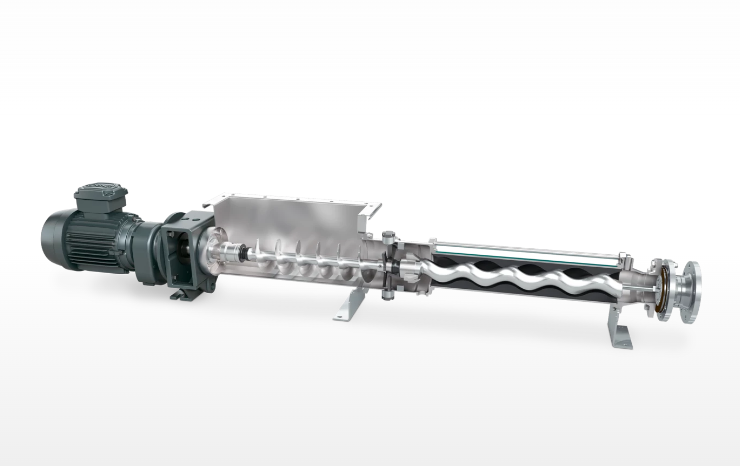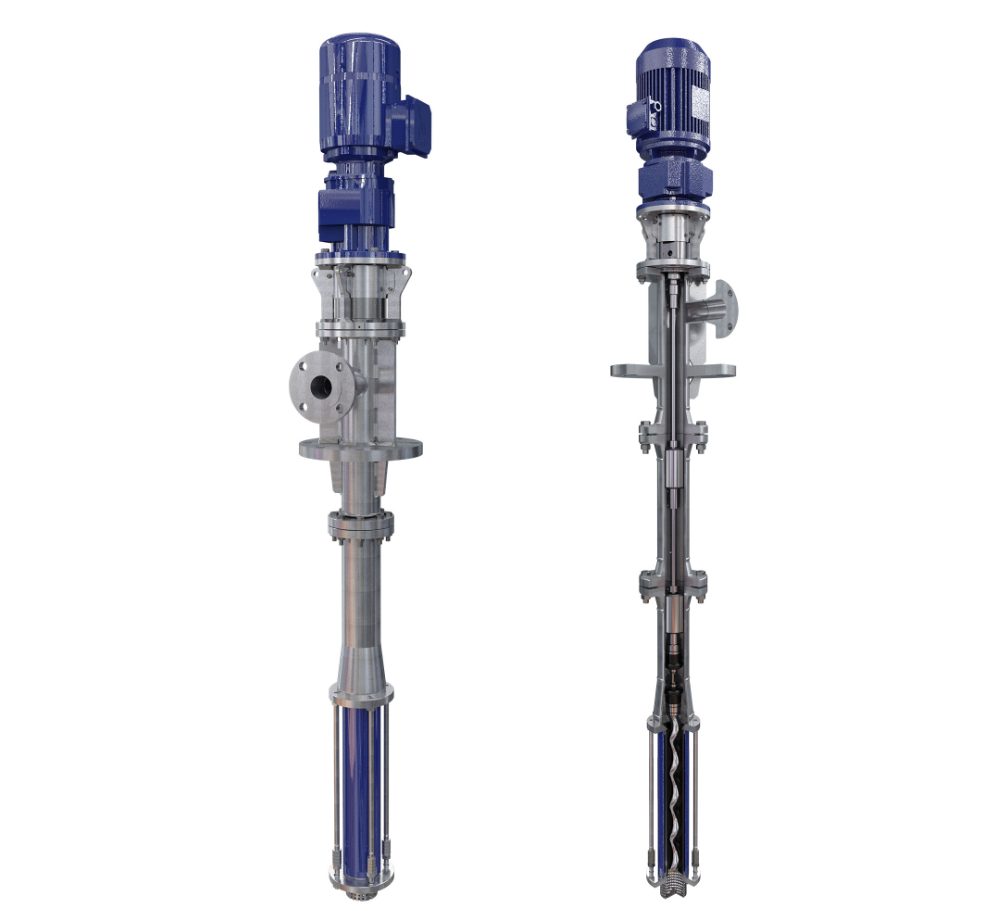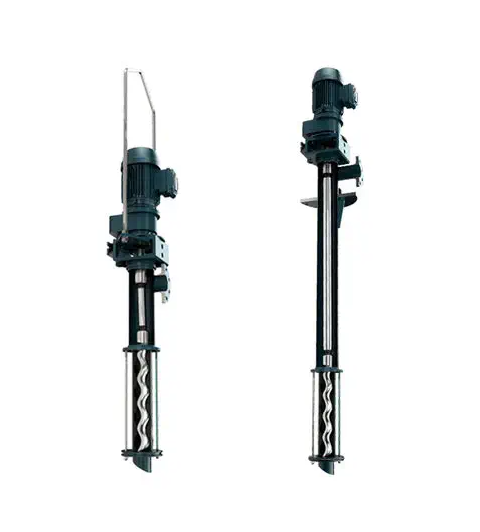vertical turbine pump
Vertical turbine pumps are a specialized type of pump designed for specific applications, primarily in the transfer of water and other liquids from deep sources. Their unique design and functionality make them a popular choice in various industries, including agriculture, municipal water supply, and industrial processes.
Design and Structure
The vertical turbine pump consists of several key components that contribute to its efficiency and effectiveness. The pump features a vertical orientation, which allows it to draw water from deep underground sources. This design is particularly advantageous in areas where surface water is scarce or where groundwater needs to be accessed.
The main components include the pump bowl, impellers, column pipe, and motor. The pump bowl houses the impellers, which are responsible for moving the fluid upward. The impellers are designed to create a centrifugal force that lifts water through the column pipe to the surface. The motor, usually located above ground, drives the impellers, making the entire system efficient and effective in various applications.

Advantages of Vertical Turbine Pumps
One of the primary advantages of vertical turbine pumps is their ability to handle large volumes of water efficiently. This makes them ideal for irrigation systems, where significant amounts of water need to be moved quickly. Additionally, their vertical design minimizes the footprint required for installation, making them suitable for locations with space constraints.
Another benefit is their adaptability to varying water levels. Vertical turbine pumps can be easily adjusted to accommodate changes in water depth, ensuring consistent performance regardless of fluctuating water sources. This flexibility is essential for applications that depend on reliable water supply.
Applications
Vertical turbine pumps are commonly used in a wide range of applications. In agriculture, they are often employed for irrigation purposes, supplying water to crops in remote areas. Municipal water systems also rely on these pumps to deliver clean water to communities, especially in regions where groundwater is the primary source.
Furthermore, industrial facilities utilize vertical turbine pumps for processes requiring large quantities of water, such as cooling systems or wastewater treatment. Their ability to handle various liquids, not just water, expands their utility in diverse industrial applications.

Maintenance and Considerations
While vertical turbine pumps are robust and reliable, regular maintenance is crucial to ensure optimal performance. Routine inspections and servicing can help identify potential issues before they escalate, prolonging the lifespan of the pump.
When selecting a vertical turbine pump, it is essential to consider factors such as the specific application, the type of liquid being pumped, and the required flow rate. Proper sizing and configuration are vital for achieving the best results and preventing operational inefficiencies.

Conclusion
Vertical turbine pumps are an integral part of modern water management and industrial processes. Their unique design, efficiency, and versatility make them a preferred choice for various applications. By understanding their components, advantages, and maintenance needs, users can ensure these pumps perform effectively, meeting the demands of their specific environments.







